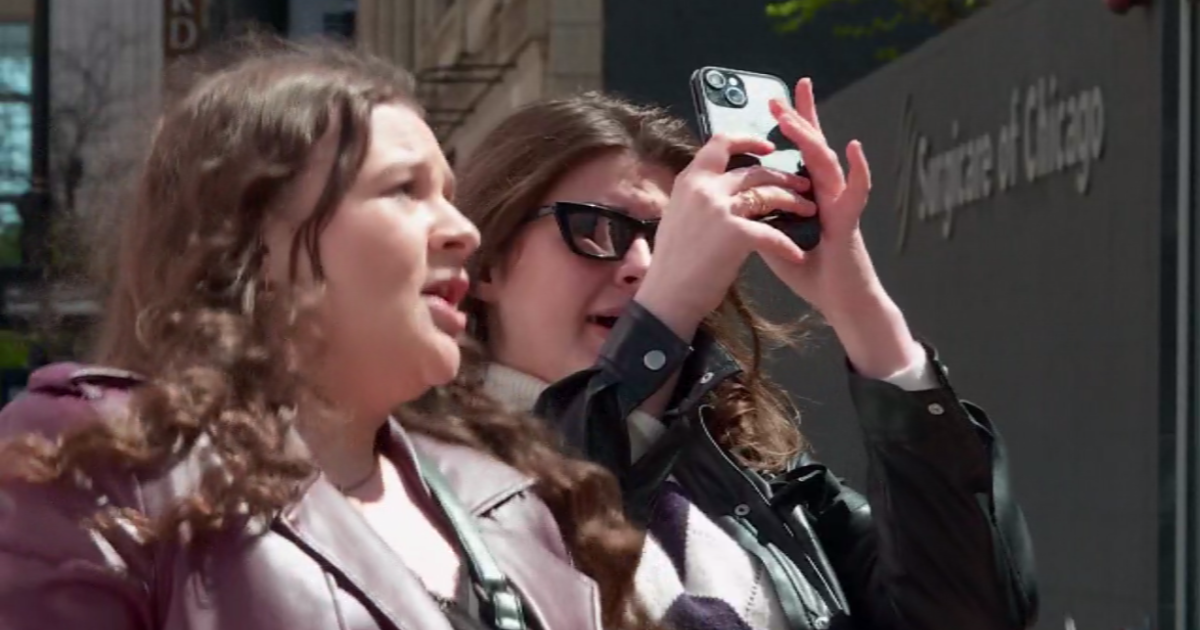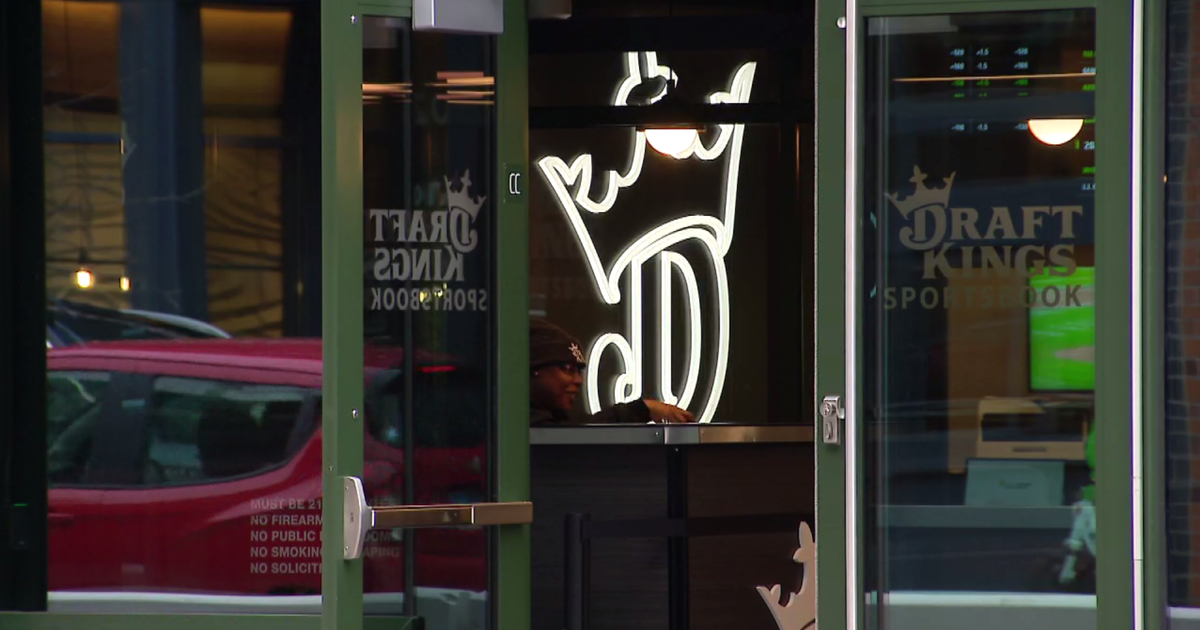What Would It Be Like If It Really Was 150 Degrees Outside?
By John Dodge
CHICAGO (CBS) -- If you believe the sign, Chicago apparently shattered the record for heat when Blaine Elementary School reported the temperature reached 150 degrees.
A photo of the time and temperature outside Blaine, 1420 W. Grace St., posted yesterday on Facebook, provided the proof.
Of course, the real temperature was an unseasonably warm 93 degrees on Tuesday
At CBS Chicago, we always like to seize on a teachable moment.
So, we got to wondering: What would happen if the temperature really was 150 degrees?
First of all, the highest temperature ever recorded in the United States was in Death Valley, Calif., when the temperature hit 134 degrees in 1913 at what is now known as Furnace Creek Ranch.
Yes, you can fry an egg at Death Valley. In fact, last year authorities in the national park there pleaded with people to stop doing it when the temps were around 120.
The highest temperature ever recorded in the world was 136 degrees in Libya in 1922. However, that reading has been disputed, meaning that Death Valley is the hottest place ever on Earth.
In Chicago, hundreds of people died during a heat wave in 1995 when temperatures reached 105, with lows in the 90s for several days.
Many of these victims had other health problems. Some were found inside closed apartments where temperatures were in the 120s or 130s.
What would it be like at 150? It is difficult to know for sure.
Any human activity would stop. Even at temperatures 40 to 50 degrees below that, humans would be at a high risk of heat stroke, which happens when body temperature reaches 104 degrees.
Communications would likely be disrupted.
Water would evaporate at a rapid rate.
The power grid would be extremely stressed. Widespread power outages have occurred at much lower extreme temperatures. Demand for electricity would be astronomically high.
Railroads would be unable to operate. Even when temperatures reach the 90s, public rail transit is forced to slow train travel because of heat on the metal rails.
The only climate close to experiencing those extreme temperatures would be Death Valley, which is both the hottest and driest place on the planet.
Death Valley gets about two inches of rain a year. It is not unusual for Chicago to get two inches of rain during a severe storm in one day or even a few hours.
In 1917, Death Valley endured 52 days of temperatures above 120 degrees.
The highest ground temperature recorded was 201 degrees at Furnace Creek on July 15, 1972, according to the National Park Service. The maximum air temperature for that day was 128.



